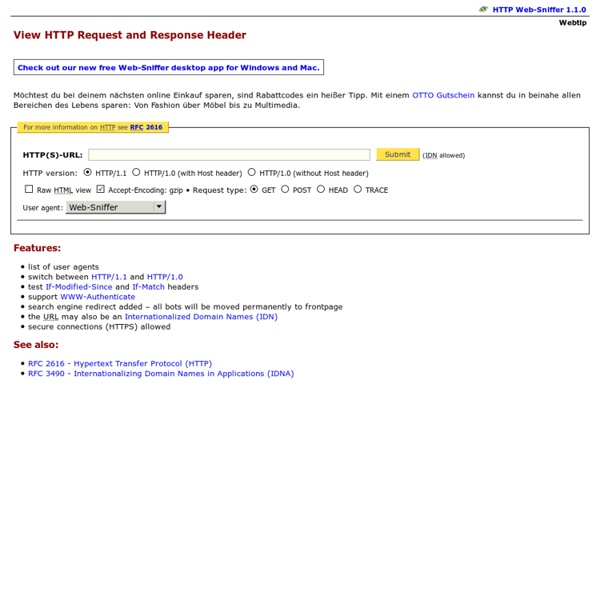



HTTP Compression Test Compressing your content saves bandwidth and improves render time, particular on devices with slow internet connections. But it also reduces load on your server. While it does take some amount of computer power to compress files on the fly, you save much more power by having your server doing fewer things at once. It takes a lot less time to transfer files that are smaller. A Case Study In Changing URL Structure In one of the SMX videos available in the member’s area of Search Engine Land, several panelists noted that a shorter URL is more likely to be clicked in the SERPs than a longer one. That is, if you have a URL like it is less likely to get clicked than the following one, which is the same but without the dates: As I researched this, I noticed that Search Engine Land does not use dates in its URLs, nor does Google spam expert Matt Cutts, nor does Aaron Wall. Since I have been using dates in my URLs on my blog for over two years, I researched how I could go about changing to not using dates. I found the following code and put it in my .htaccess file:
ZURB Ink: Responsive HTML Email Framework Ink is an open source framework that will help you quickly build responsive HTML emails for all major email clients. Even in outdated and notoriously problematic ones like Outlook 2000. Ink just launched today. This open source project is by ZURB, creators of the popular front-end web development framework, Foundation. SiteTimer About SiteTimer Web Monitor allows you to monitor how long it takes for a user to download one or more of your web site pages. It visits the page that your request and downloads all content that's directly linked from that page; Images Frames IFrames Script files It follows redirects As the pages are downloaded, SiteTimer stores statistics on how long time each item takes to download, and how much data they contained.
16 great .htaccess Tricks and Hacks ~ SoftwareRoxer The .htaccess files (Hypertext Access file) is a very powerful configuration tool on Apache web server. The Apache web server has a number of configuration options that are available to the server administrator. The .htaccess is a simple ASCII text file placed in your website root directory. You can create and edit an .htaccess file using a text editor like notepad. Here in this blog post I have come up with useful 16 tips and hacks to configure your web server. As a configuration file .htaccess if a very powerful and a slight syntax error can result in a severe malfunction of your server.
Tools Email this test to a friend How does it work? Pingdom Tools - Ping test and Traceroute are distributed versions of the popular network tools, available directly from your browser. With these tools you'll get an outside view of your network response time and network topology, which allows you to track down possible errors more easily. Both Ping and Traceroute work by sending out ping packets and waiting for replies. URL Rewrites and 301 Redirects - How does it all work? URL rewrites and 301 redirects... you talk about them, you recommend them, but do you truly understand how they work? Sure, you know that rewriting a URL means that the URL displayed in the browser changes to be more SEO (and user) friendly. And you know that a 301 redirect is a permanent redirect.
Specify your canonical Carpe diem on any duplicate content worries: we now support a format that allows you to publicly specify your preferred version of a URL. If your site has identical or vastly similar content that's accessible through multiple URLs, this format provides you with more control over the URL returned in search results. It also helps to make sure that properties such as link popularity are consolidated to your preferred version. Let's take our old example of a site selling Swedish fish. Imagine that your preferred version of the URL and its content looks like this: